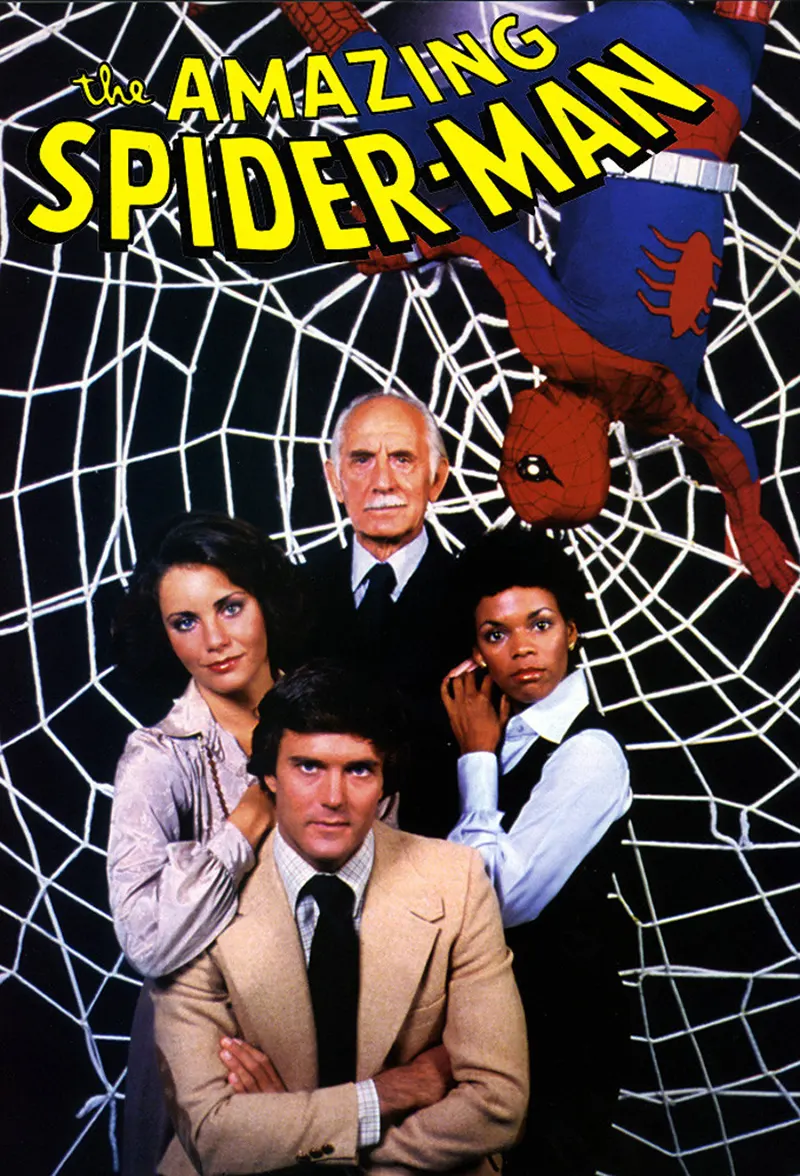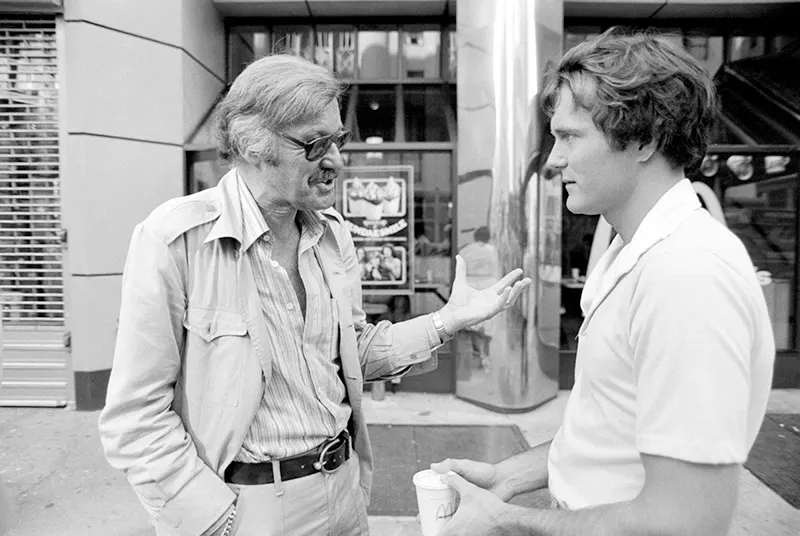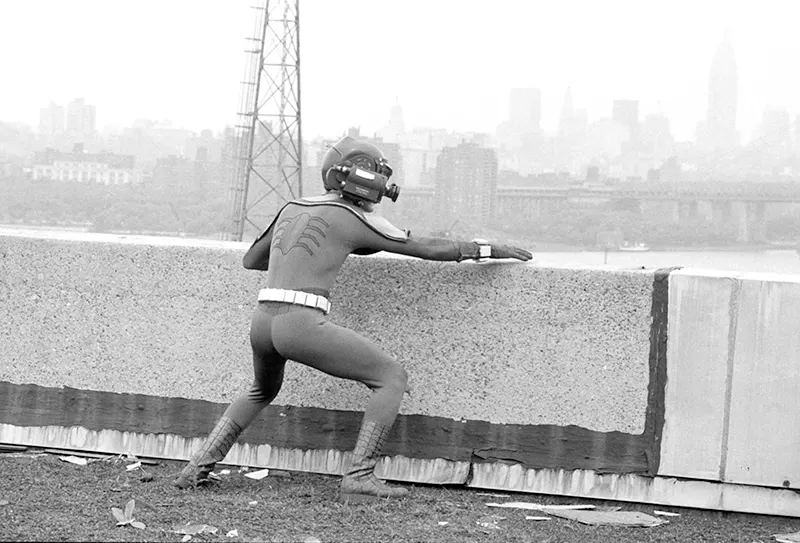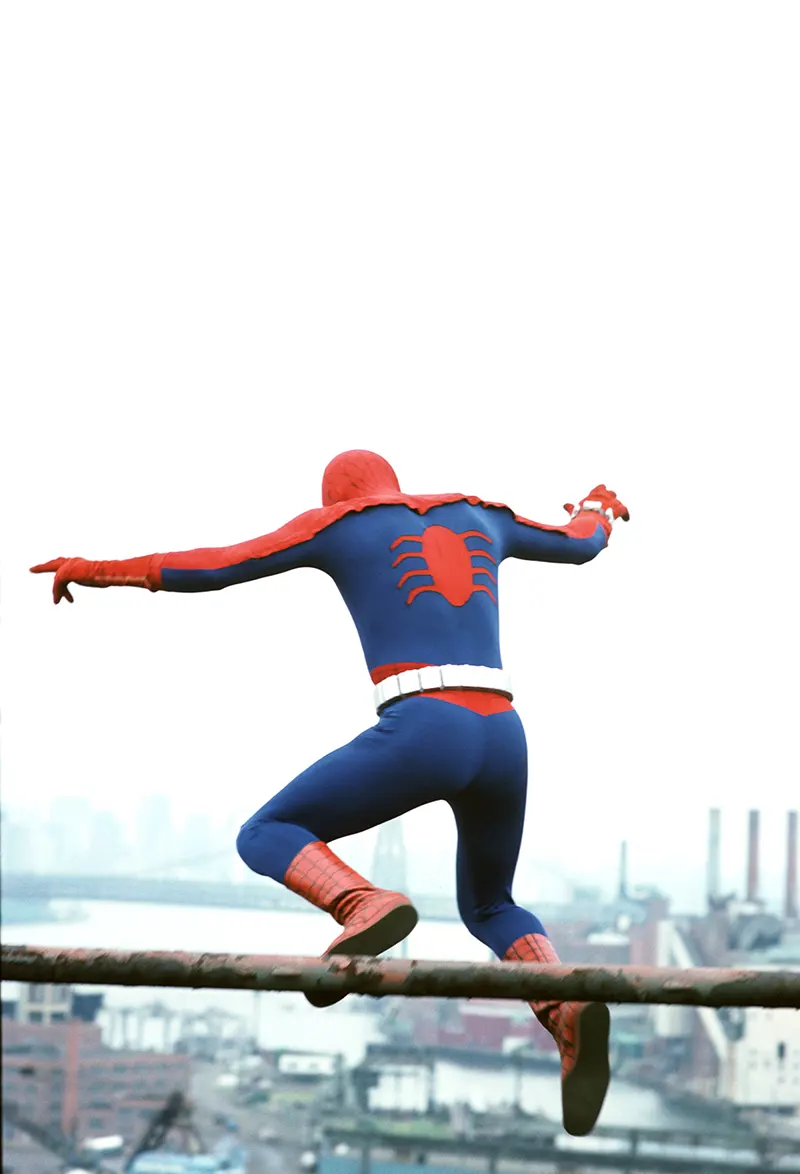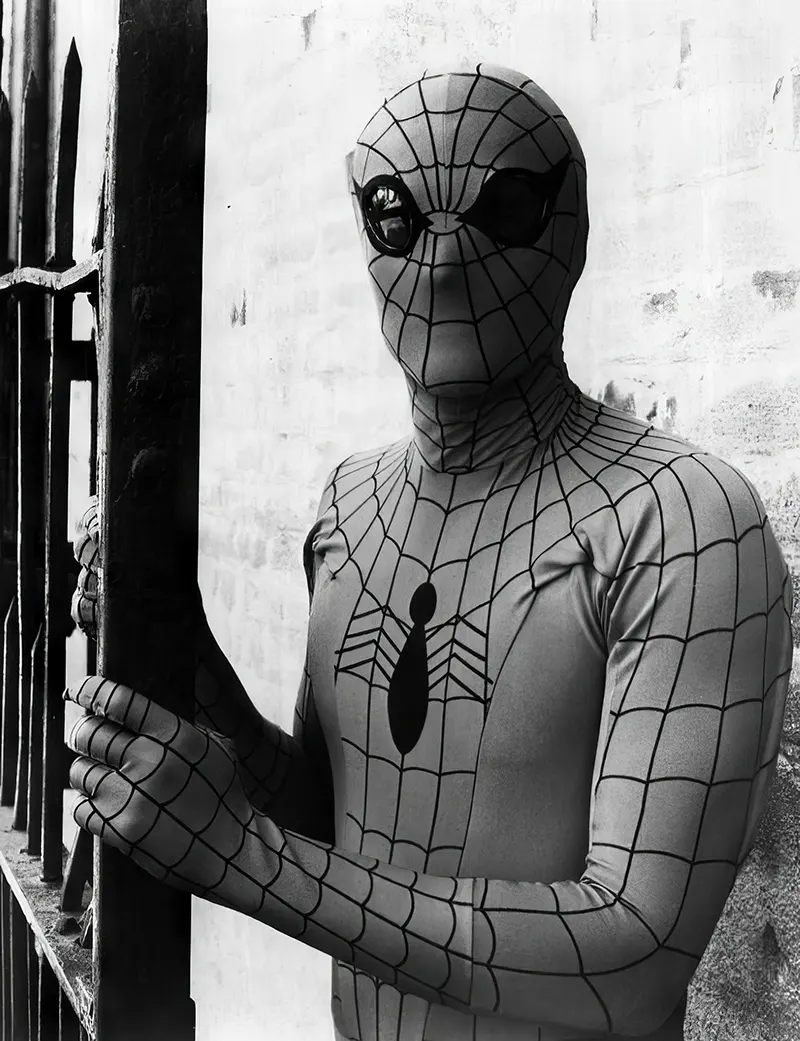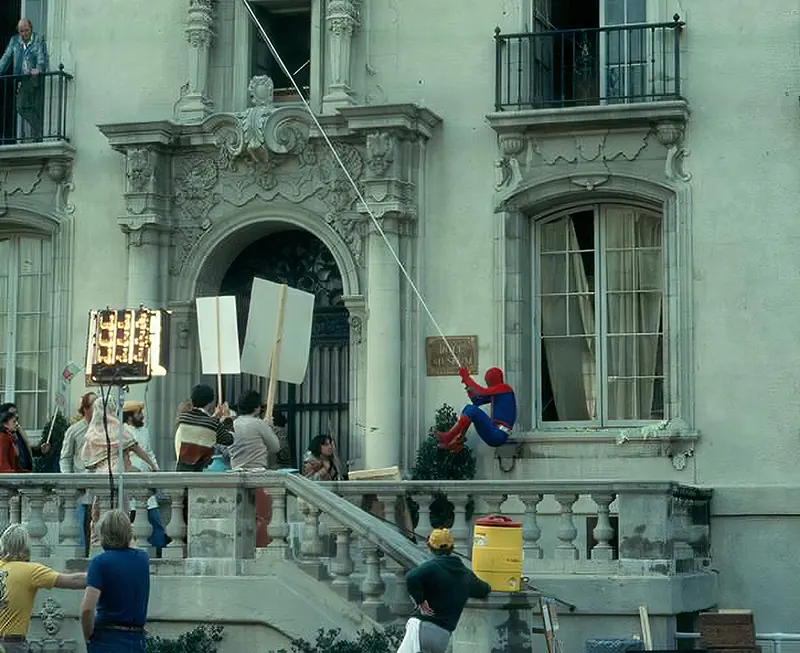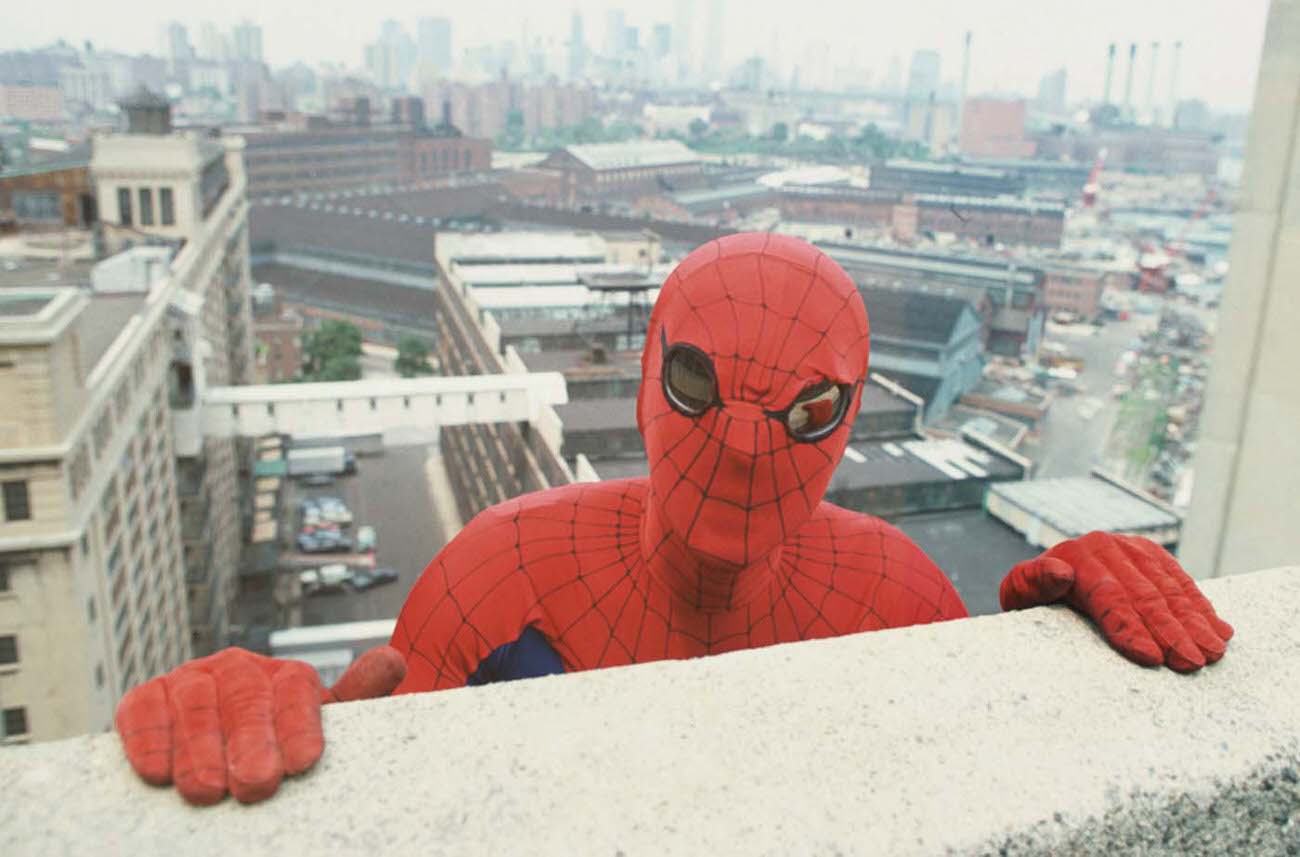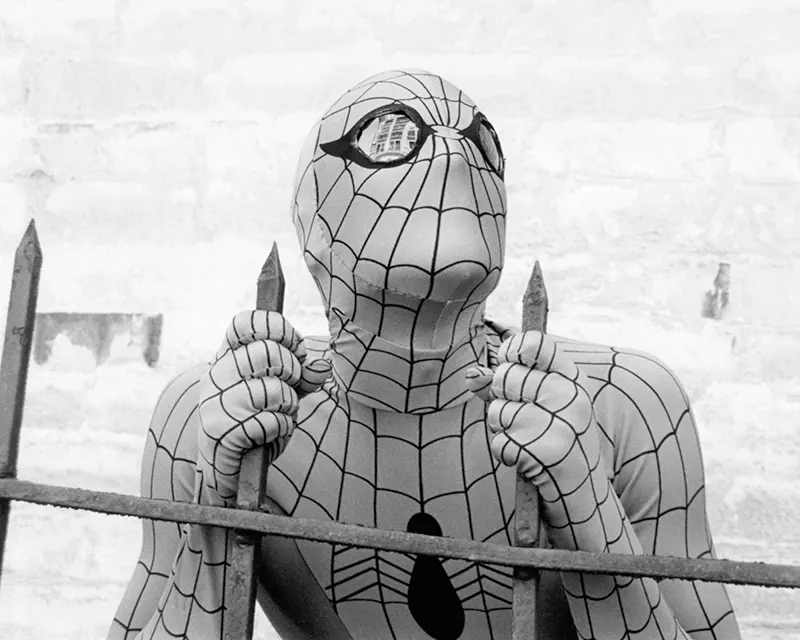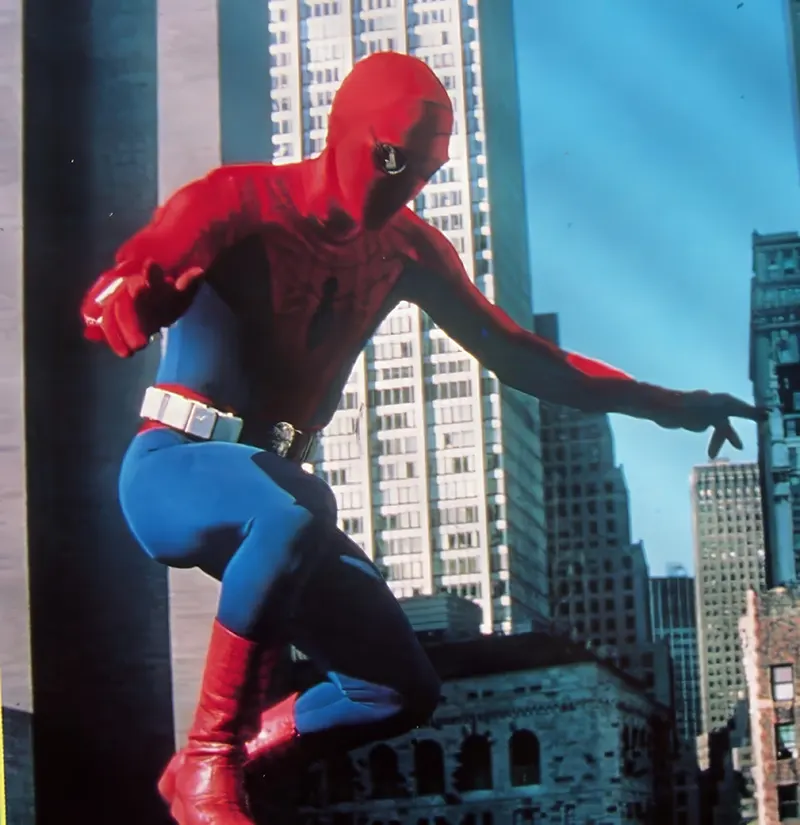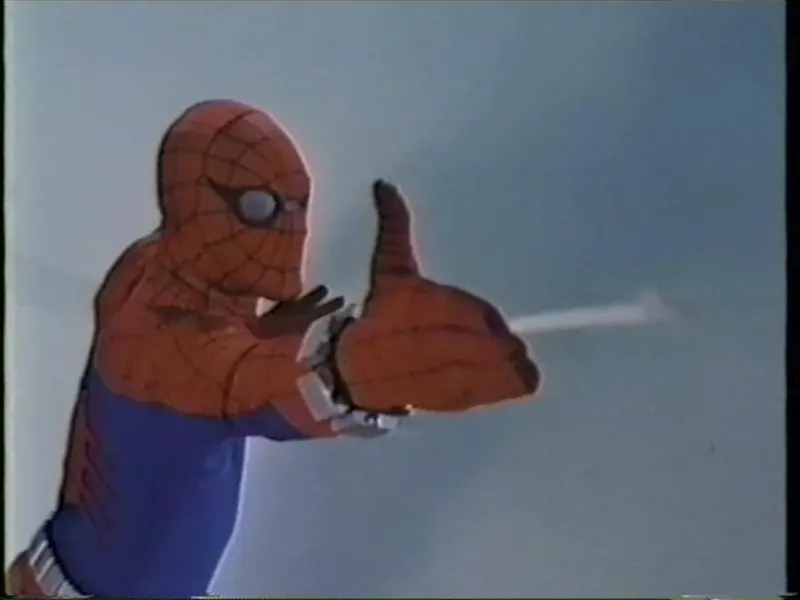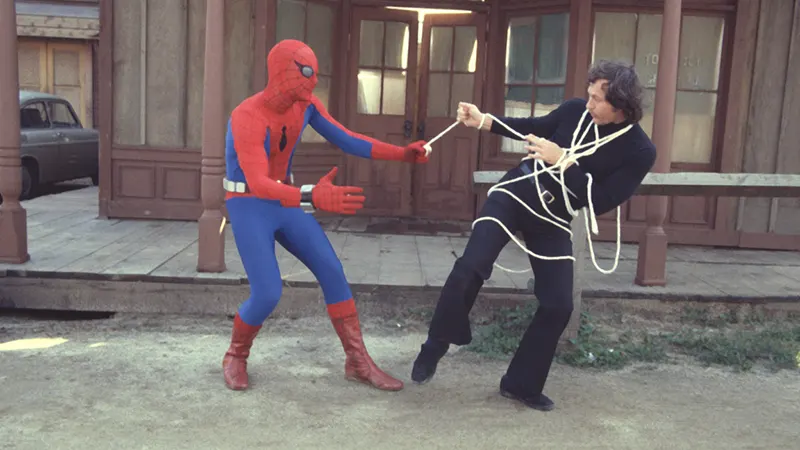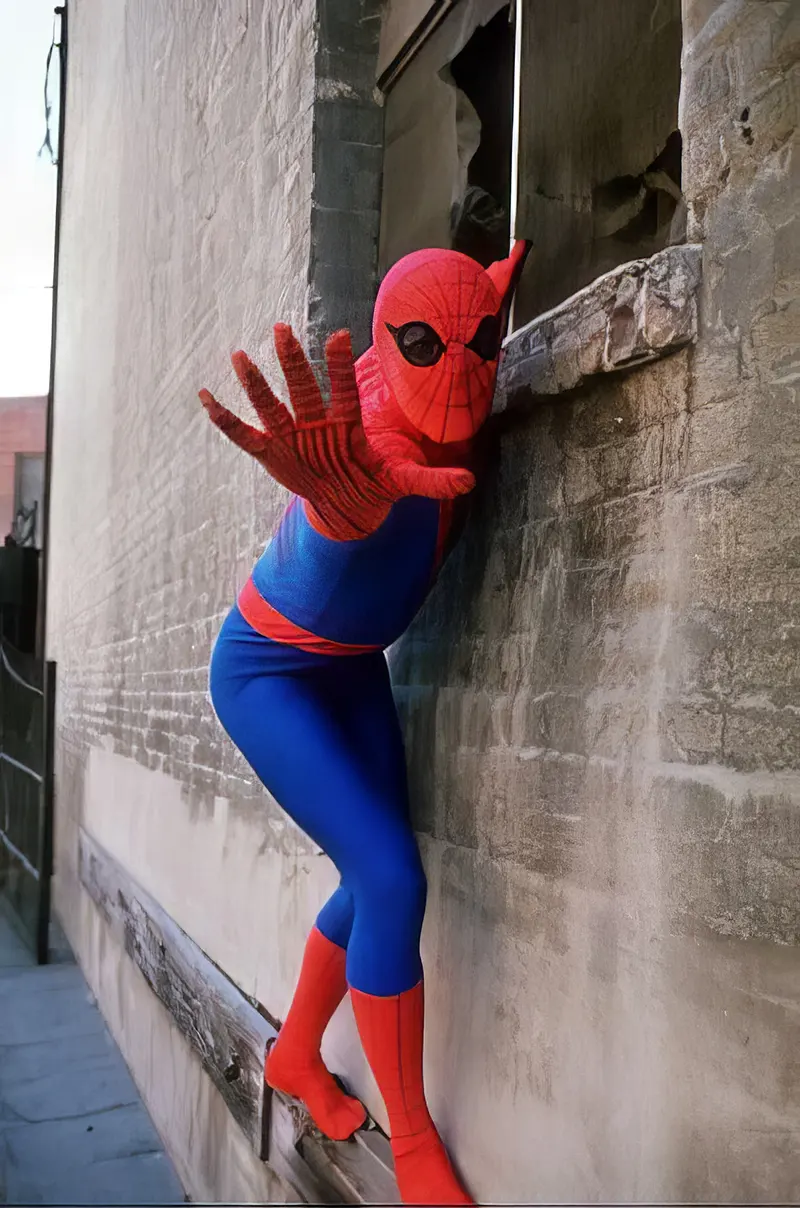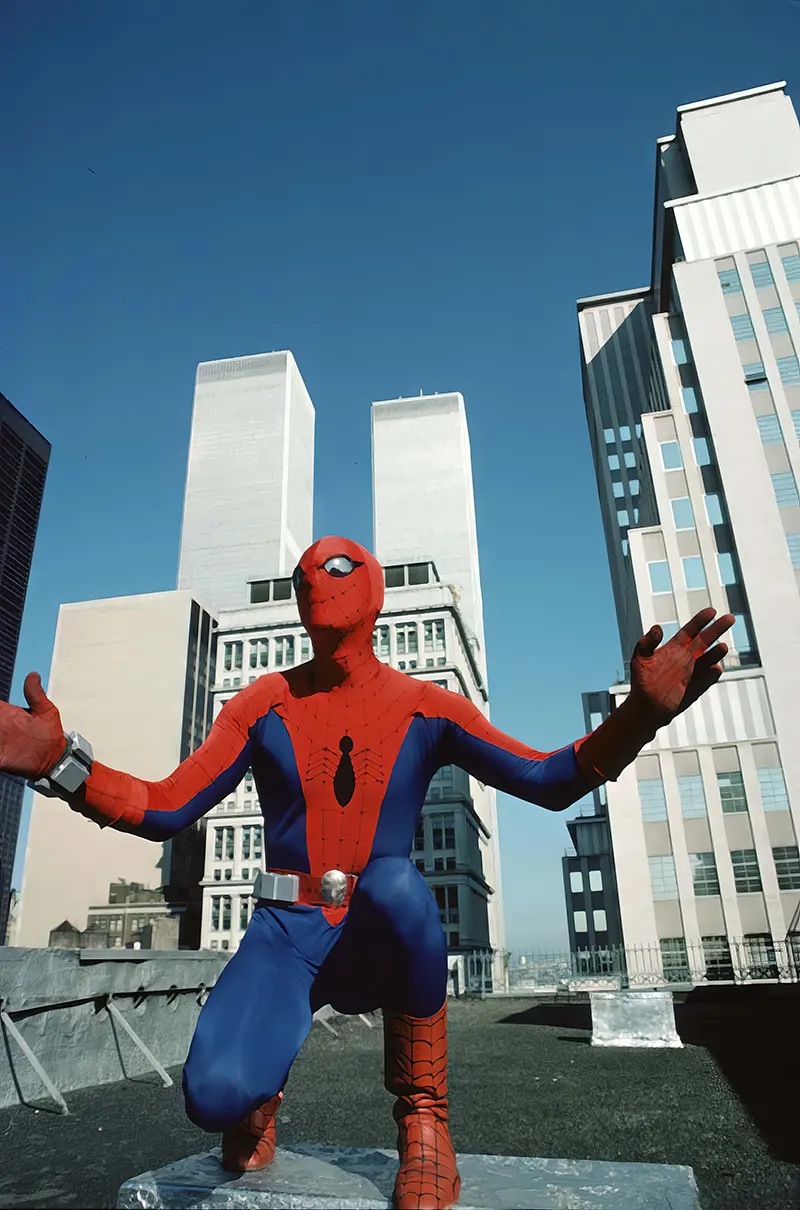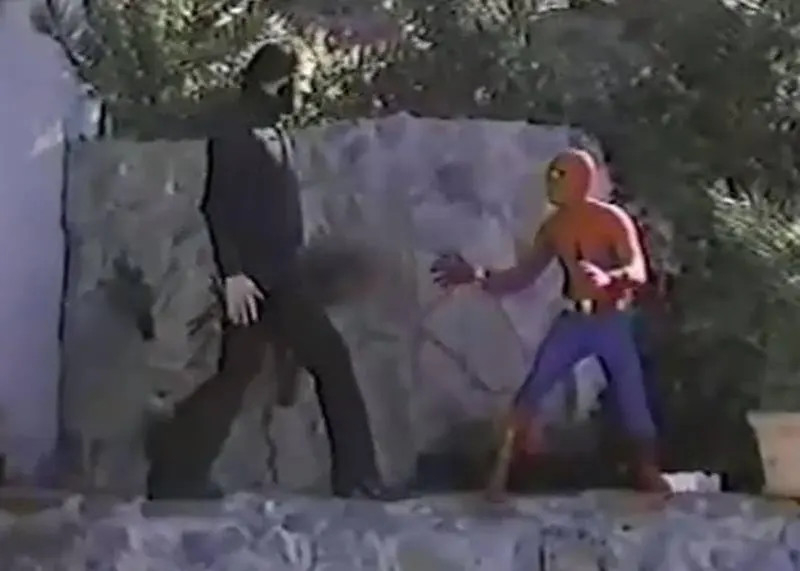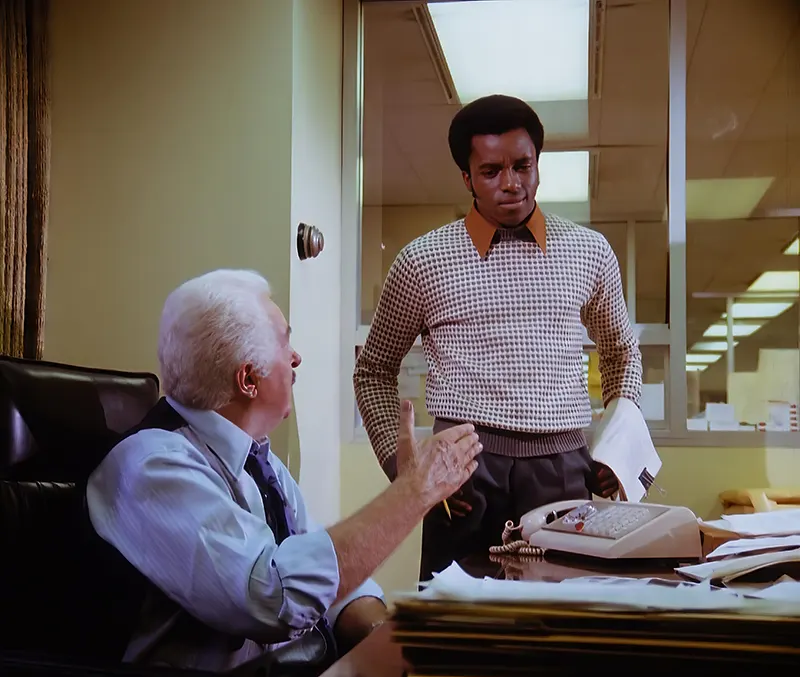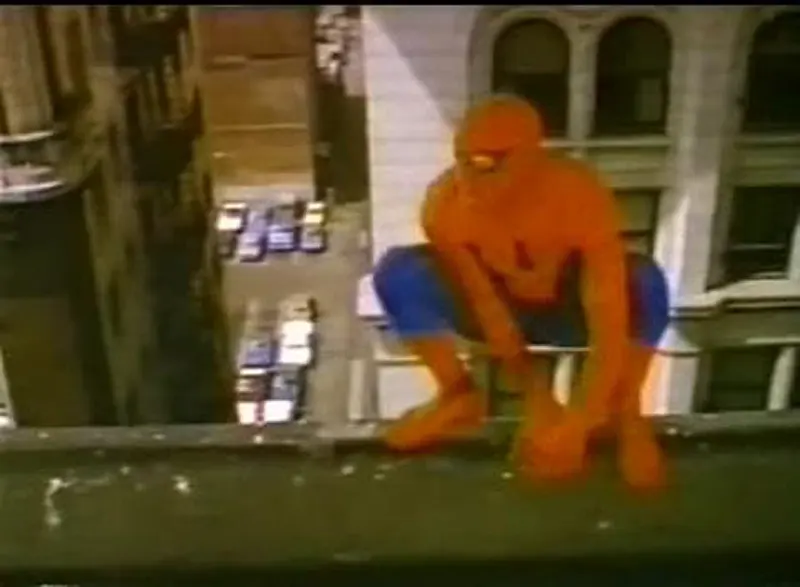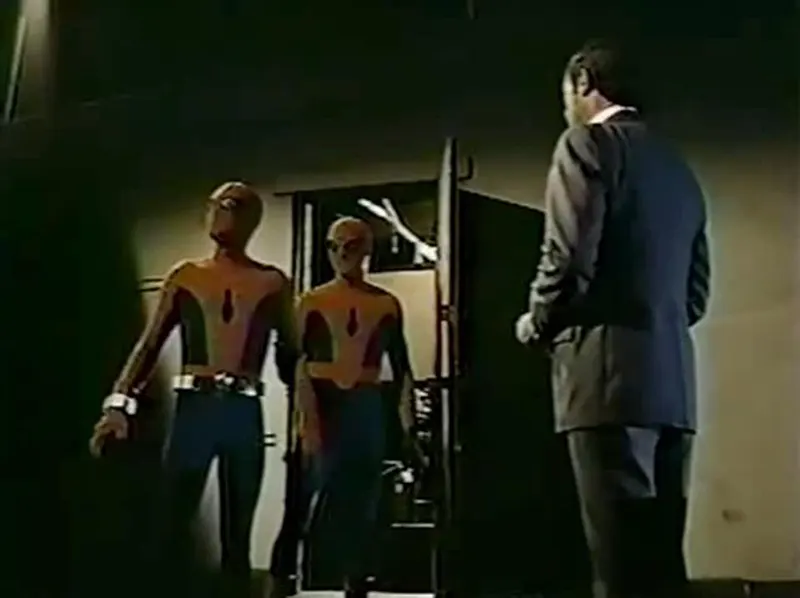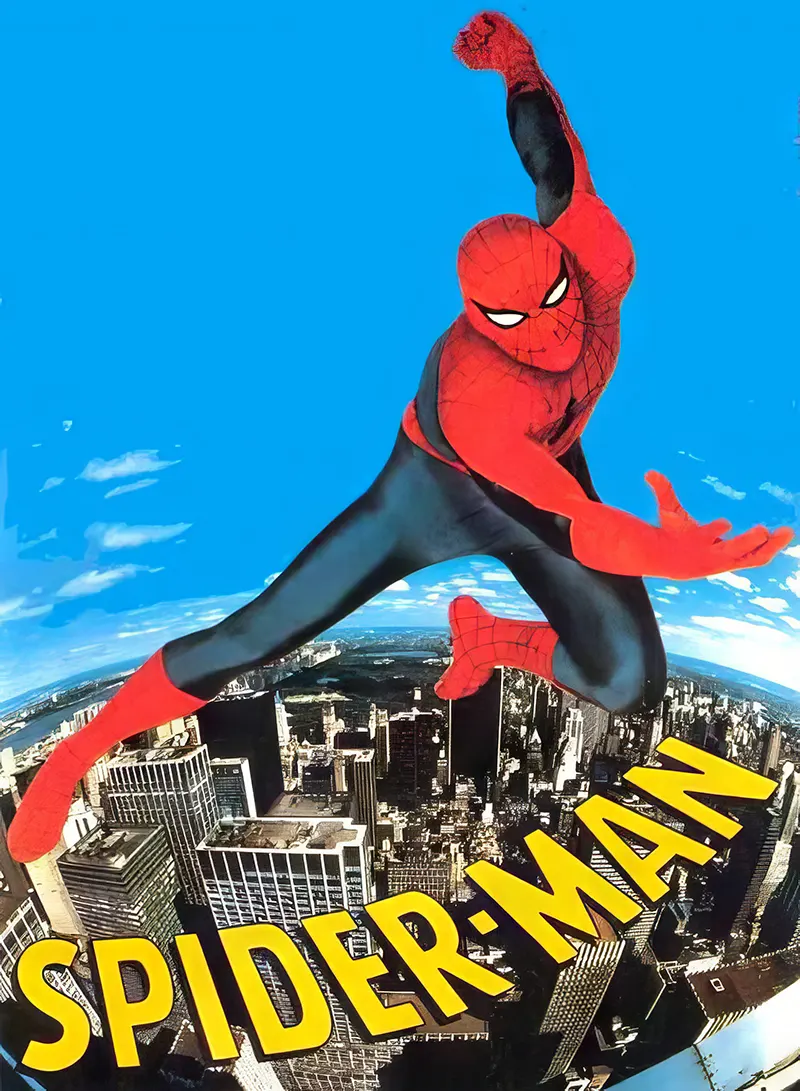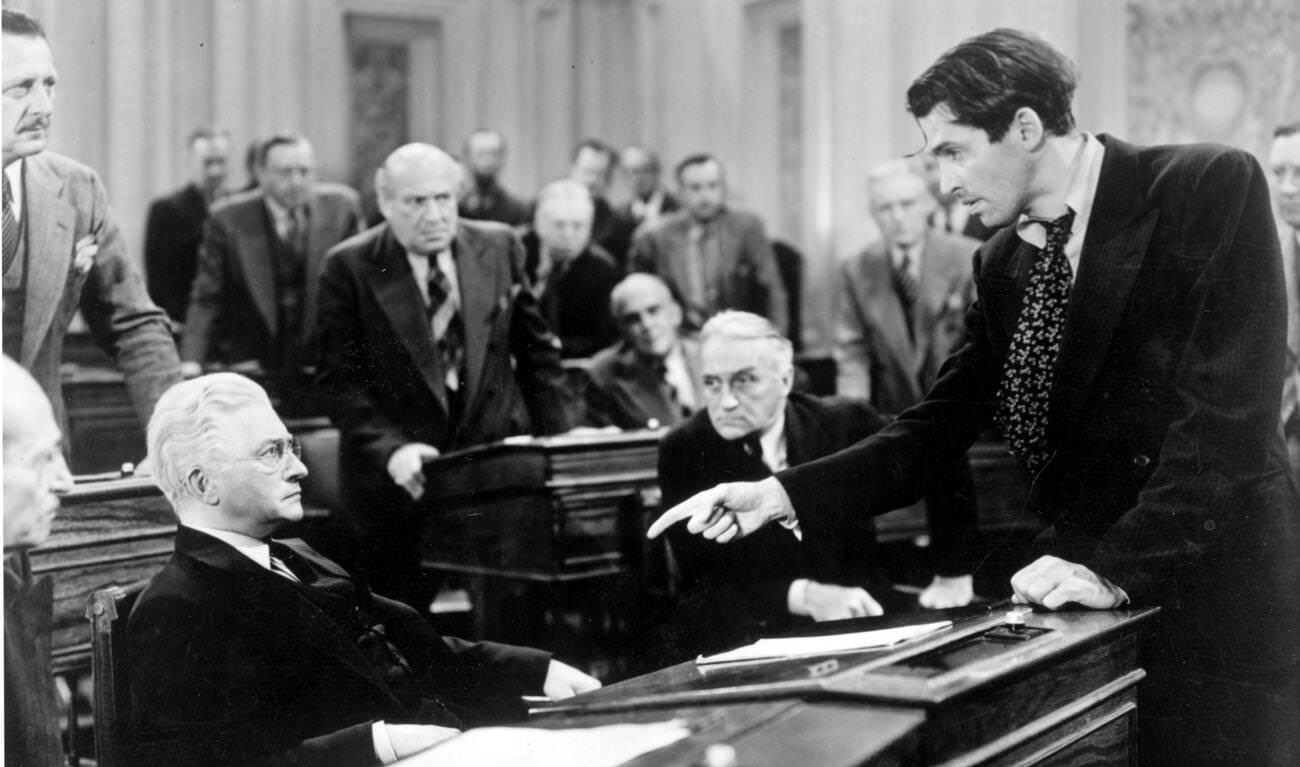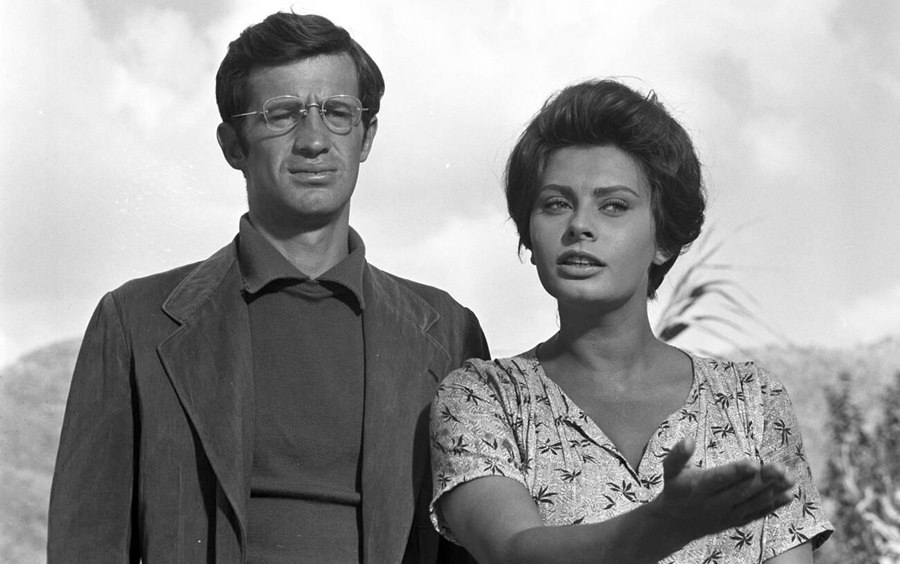In the 1970s, a live-action television series brought Spider-Man to life for the first time. This series, titled “The Amazing Spider-Man,” aired from 1977 to 1979. It was a groundbreaking show, especially considering it was made before the era of computer-generated imagery (CGI). This meant that all the special effects were done using practical methods, making it a unique piece of television history.
The Origin of the Show
“The Amazing Spider-Man” series was produced by CBS and starred Nicholas Hammond as Peter Parker, also known as Spider-Man. The series began with a pilot movie, which aired in September 1977. The positive reception of the pilot led to the creation of a full series. The show aimed to capture the excitement and adventure of the Spider-Man comic books, which were already very popular at the time.
Practical Effects in Action
Without the aid of CGI, the production team had to be creative with special effects. For instance, Spider-Man’s web-slinging was achieved through a combination of ropes, wires, and practical stunts. When Spider-Man needed to climb walls, the crew built special rigs and used camera tricks to create the illusion. These practical effects required a lot of planning and precision. Stuntmen had to perform dangerous feats, such as swinging between buildings or scaling walls, making the action scenes both thrilling and authentic.
The Costume
Spider-Man’s costume in the series was a faithful adaptation of the comic book version. The suit was made of spandex, with a mask that had mirrored lenses for the eyes. The design aimed to stay true to the original look of the character, making it instantly recognizable to fans. However, creating the suit presented its own set of challenges. The fabric had to be durable enough to withstand the stunts, yet flexible enough for the actor and stuntmen to move freely.
Read more
Storylines and Episodes
The episodes of “The Amazing Spider-Man” generally followed a formula where Peter Parker balanced his life as a college student and photographer with his duties as Spider-Man. Each episode featured a new villain or challenge for Spider-Man to overcome. Unlike the comic books, which often featured supervillains with extraordinary powers, the TV series focused more on realistic threats, such as criminals and mad scientists. This was partly due to budget constraints and the limitations of special effects at the time.
One notable episode is “The Capture of Captain Barbell,” where Spider-Man faces a villain who uses mind control to create chaos. Another memorable episode is “Night of the Clones,” in which Peter Parker deals with a doppelganger created by a mad scientist. These episodes showcased the creativity of the writers and the resourcefulness of the production team in crafting engaging stories within their means.
The Cast and Characters
Nicholas Hammond portrayed Peter Parker/Spider-Man with a sense of earnestness and charm. His performance captured the essence of the character, balancing the responsibilities of being a superhero with the everyday challenges of a young adult. Other regular characters included J. Jonah Jameson, the grumpy editor of the Daily Bugle, played by David White in the pilot and Robert F. Simon in the series. Jameson’s secretary, Rita Conway, was portrayed by Chip Fields. These characters added depth to the show, providing a sense of continuity and grounding the fantastical elements in a more relatable reality.
Filming Challenges
Filming “The Amazing Spider-Man” presented numerous challenges. The practical effects required careful coordination and a high level of skill from the stunt team. For example, to create the effect of Spider-Man swinging through the city, the crew used cranes and wires to hoist stuntmen into the air. These stunts were dangerous and required precise timing to ensure safety. Additionally, the need to shoot on location in urban environments added complexity to the production. Navigating city streets, dealing with crowds, and coordinating with local authorities were all part of the logistical hurdles faced by the crew.
The music for “The Amazing Spider-Man” was composed by Stu Phillips, known for his work on other TV shows like “Battlestar Galactica.” The score added to the excitement and drama of the series, enhancing the action scenes and emotional moments. The iconic theme song featured a catchy melody that became associated with the show. Sound effects were also crucial in bringing the superhero’s actions to life. Since CGI was not available, the sound design helped to sell the realism of Spider-Man’s web-shooting and wall-crawling abilities.


